paintings 10
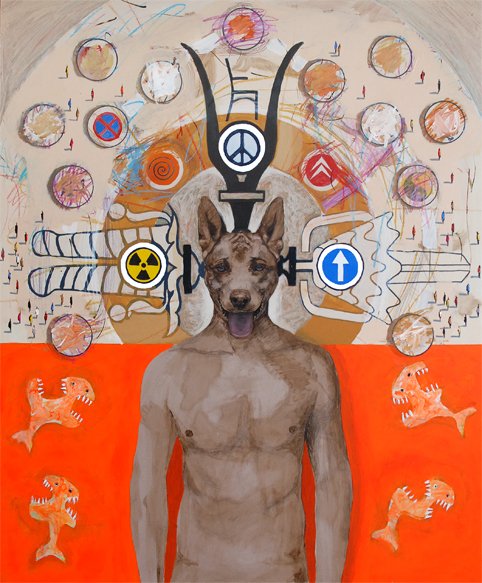
Self-Portrait. Transbuddist Kuszej-hermit, transatheist, anti-anthropocentrist and transcosmopolitan-dips in and out of the orange ocean of conventional reality, in which the sharks of intrusive dualisms feed, against the backdrop of a mandala of enslavement. Three white circles symbolize the three dimensions of the Universe: omniscience, timelessness and blandness, all essentially empty. Dogmen epitomizes the vanguard in transcending conventional, commonly experienced reality. The ancient Egyptian modules symbolize unity in totality, eternity and wholeness in unity. Kuszej-hermit and great absence in great blandness.
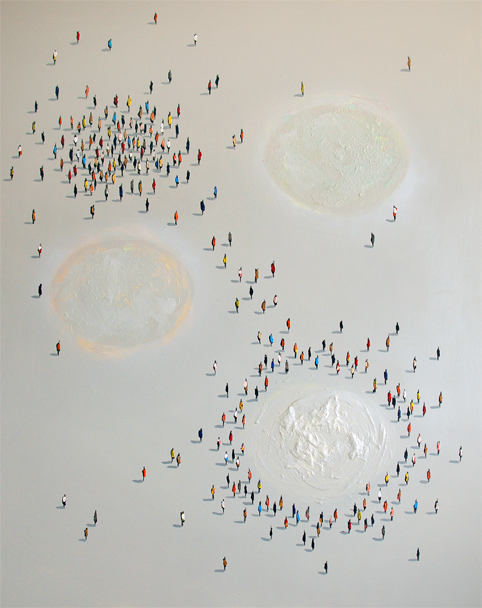
Cohsai-hermit, experiences blandness in the Shunyata. A monstrous blandness. A blandness impossible to know in conventional reality. The blandness of the Shunyata is its rudimentary feature. Emotions, judgments, distinctions, societies and individuals, oceans and the cosmos are manifested in blandness. Pursuit, ethical and aesthetic values, and compassion and death and reincarnation. Blandness is all-encompassing and constitutive. A blandness as vast as the Universe and hopeless. A blandness that is insurmountable. Blandness equalizing, holistic. Bland. Neither white nor black. Neither evil nor good. Neither existing nor non-existing.
How is sound heard in Śunjata? Sound does not affect the listener in any way. Sound exists for itself and for no one. A person's voice resounds like a human voice, not like a dog barking, but the mind does not differentiate this. Sound in Śunjata spreads in a space where there is no listener. The sound sounds differently when it is listened to, and differently when no one is listening.

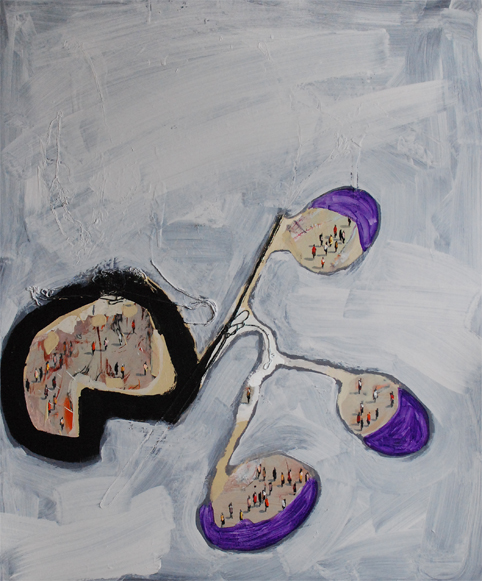
What is the non-existence of time (marked in purple) in Śunjata? The only graspable one is the moment the mind is in. It is the same moment that will appear in the next moment, as well as in a thousand years. The mind does not anticipate what will happen in a second. It experiences a lack of knowledge of what happened a second before. The mind expects nothing and feels no compulsion to change. In Śunjata, time does not exist, because it is not necessary for anything either.
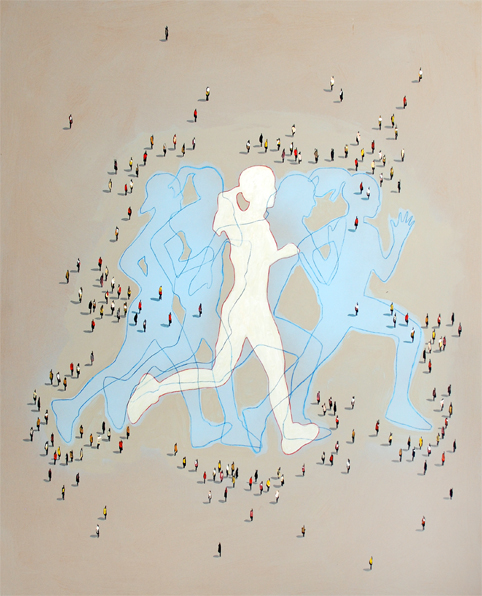
What does movement look like in Śunjata? An object moving in the visual field is not distinguished in any way from other visible objects. The mind experiences holistically the scene in the field of vision. The mind does not anticipate where the moving object will be in the next moment. Just as it has no awareness of where the object was at the moment preceding the present one. The mind sees the movement, but does not analyze it. There is no awareness of the path between the initial position and the final position of the object. A moving object has no form - so it is not an object different from an object at rest. In Śunjata, an object in motion is visible, although motion in Śunjata does not exist.
What is the yellow cube in Śunjata? The color yellow appearing in the mind does not attract stronger attention, nor is it less important than the shape. It is not perceived as a color, although it does have a differentiating feature in the visual field that distinguishes it from other stimuli. However, this feature does not have a differentiating property. A yellow cube has a yellow color, but the value of this color remains hidden. It is perceived in the mind as a stimulus to which no label has been assigned. Color has no form - the designator has no color, although it emanates a yellow color. The same is true of shape. Shape has no form - the designator has no shape, although it is seen as a cube. In Śunjata, a yellow cube is not yellow and is not a cube, although it is yellow and is a cube.
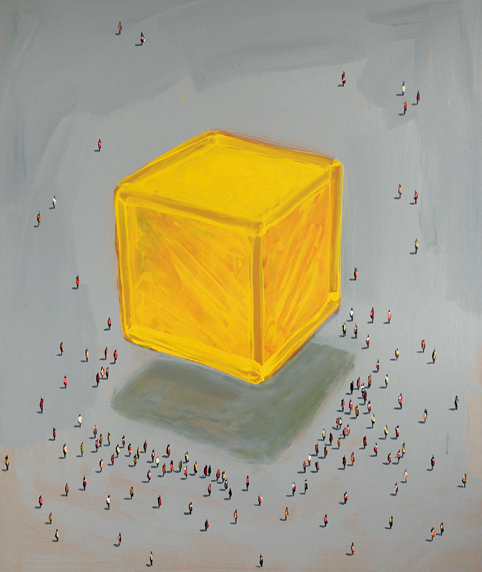
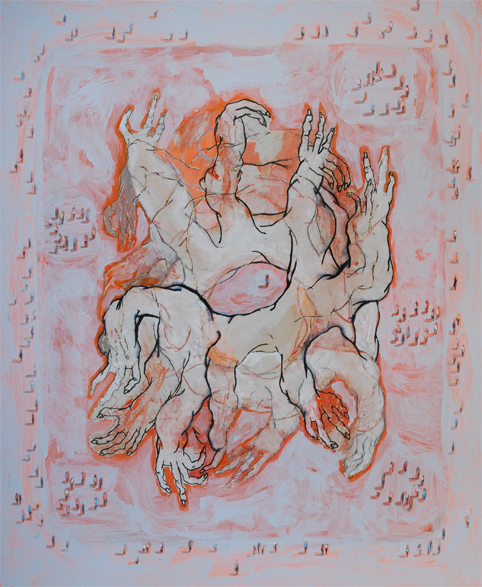
Mandala of solitude. Freedom is the most important factor in knowing Śunjata. Only a free person can fully know his own nature. If a teacher demands obedience one should get rid of him. If one has a teacher - one should get rid of him. The teacher's way is the way worked out by the teacher's mind. Every mind is different and therefore needs a different path. The only true teacher is one's own mind.
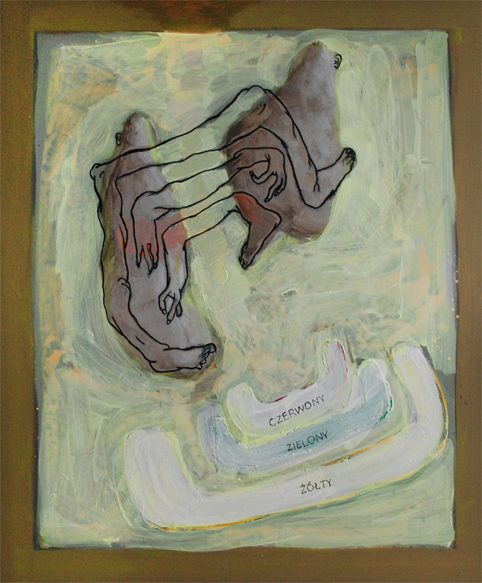
Is the color green in Śunjata? (No). What does the color red look like in Śunjata? (It is red). Is black in Śunjata black? (No). Is yellow the color in Śunjata? (No). What does white look like in Śunjata? (It is white). On the twentieth of July 2020, Kuszej-hermit, an emotionless, ideologueless and transcosmopolitan, anti-anthropocentric and great absentee, left Śunjata at 6:45 p.m. There he participated in love, which was bland - it was worthless - it did not exist. In compassion, which was bland - it had no value - it did not exist. In honesty, which was bland - it was worth nothing - it did not exist. At 7:04 p.m., Kuszej-hermit, no longer a super-minded and formless, dual-integrated transhumanist, externalized this in a painting with acrylic paint.
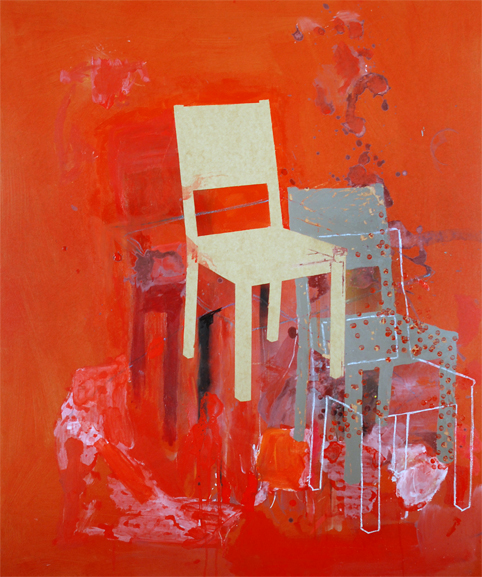
Chair. As an object for sitting, it does not exist in Śunjata. As a solid made of wood, it does not exist in Śunjata. As an inanimate object, it does not exist in the Śunjata. As a collection of atoms and elementary particles, it does not exist in the Śunjata. However, physically the chair exists because it is visible in the Śunjata.
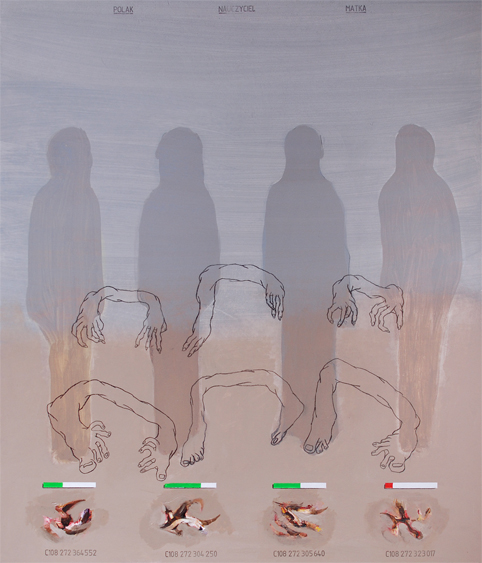
When the mind begins to experience Śunjata there is no one left to dwell in it. It can be experienced by a non-dual mind devoid of the inner Self. There is no one who resides in Śunjata.